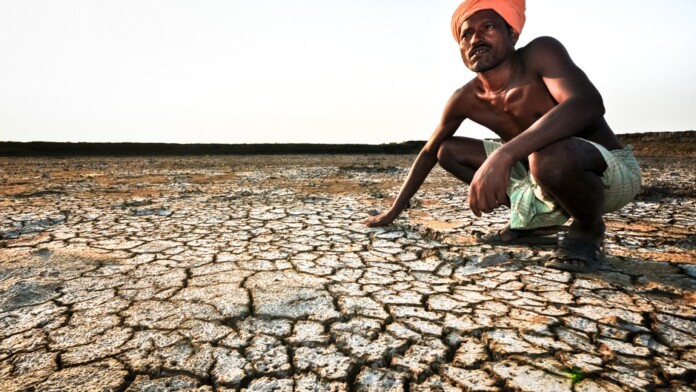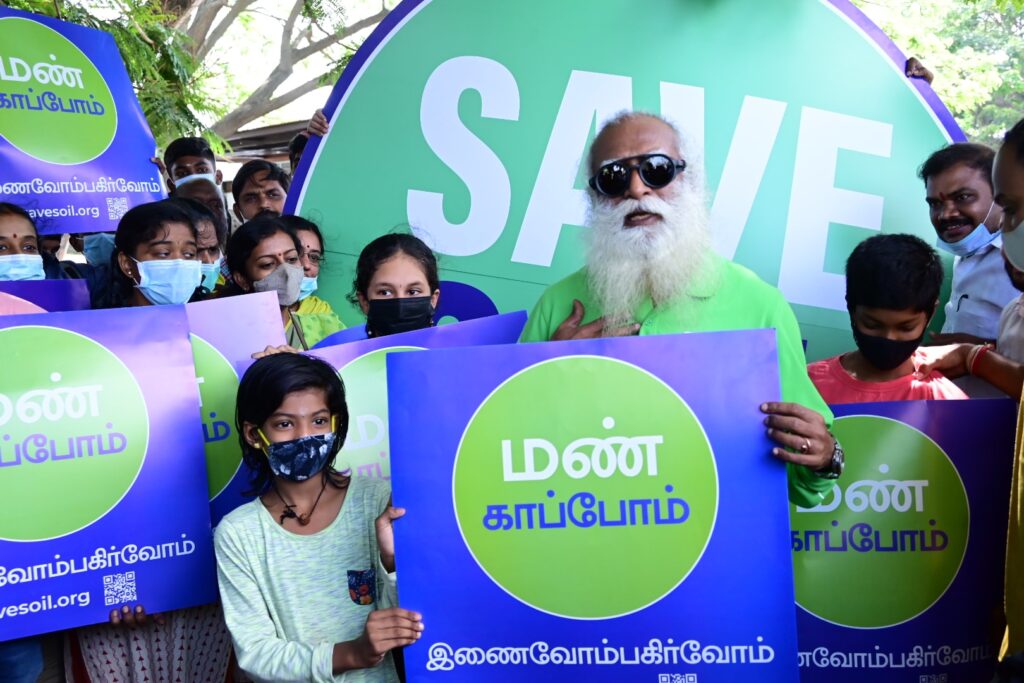While most countries have clean air and clean water acts, it hasn’t occurred to anyone the urgent need for an act to restore quality of soil through farmer-friendly laws
It’s also surprising that none of the 17 UN Sustainable Development Goals, or the Agenda 2030 of the United Nations, mention the word ‘soil’ when it has become stark that degradation of soil quality is directly and indirectly contributing to most of the global unrest and climate crisis. Although UN said somewhere else that at current rates of soil degradation, 90% of the earth could turn into desert by 2050 – less than three decades from now.
Dr. Rattan Lal, a Distinguished University Professor of Soil Science at the Ohio State University, and World Food Prize Awardee 2020, is waging a huge battle around the world with his ‘Living Soil’ campaign to help small farmers improve the conditions of their soil.
Dr. Lal was a part of spiritual guru and environmental activist Sadguru Jaggi Vasudev’s just-concluded global campaign ‘Save Soil’ to restore the quality of soil. During his whirlwind tour on a motorbike, Sadguru met several heads of states to impress upon them the need to take the soil crisis seriously. He also offered policy support to some, including India. The primary objective of the ‘Save Soil Movement’ was to urge nations to mandate a minimum of 3-6% organic content in agricultural soil through urgent policy reforms.
Even for environmental conscious folks, conversations around the idea of ‘soil as a living entity’ and ‘soil has rights just as any other animal, tree or human being’ are new. It’s new because no one has been speaking about it, until now.
Hard data drives the message even clearer. According to Isha Foundation, the average organic content in agricultural soil in India is estimated to be 0.68% placing the country at high risk of desertification and soil extinction. An ideal figure is between 6% and 8%. Nearly 30% of fertile soil in the country have already become barren and are incapable of yield.
The biggest achievement of the save soil movement is that it made it people-centric with the hope that change can begin sooner. Through innovative global reach strategies, Isha Foundation says it has been able to garner support of over 3.5 billion people (more than 60% of the world’s voting population) around the world.
To Dr. Lal, there are 7 million live parts on earth, and most are part of the soil. “We must protect, restore, and enhance life on soil. Destroying soil is a crime against nature. There is a very strong links between soil degradation and climate change.”
Carbon Farming
The immediate thing to do, he and Sadguru suggest, is for governments to resort to massive afforestation by planting diverse plants and trees in degraded lands and on the banks of river basins. Also encourage farmers to plant trees and shrubs around their farms so that leaves and animal droppings can enrich soil.
Dr. Lal is promoting an ambitious project called ‘carbon farming’. He is persuading the American government to offer incentives to farmers by paying them $35 an acre for purely enriching soil so that they become rich in organic nutrients. Perhaps they can trade as many companies struggle to set off their carbon footprint through carbon credits.
Since soil connects every element of life, Dr. Lal insists the subject Soil Science is taught right from the primary school level. He told a news channel, “Farmers must also be paid the real price for the food they produce. Keeping prices low is okay but it must not hurt farmers. The real cost of soil degradation must be reflected in the price that consumer pays.” He added, “The focus should be on nutrition-sensitive agriculture, so that good diet is also a good medicine.”
One of the ways to reduce pressure on soil is to develop non-soil food production systems so that soil can be preserved for other uses. Thus, hydroponics and aeroponics can be encouraged. Urban agriculture (sky farming, glass building specifically designed to grow vegetables and aquaculture) are other options.
River Basin Afforestation
Isha believes that if India takes up afforestation of 13 river basins which cover 67% of the land area, India can see positive results in just over a decade. “We all have been working individually, if we come together, in 12 to 20 years, we can make a difference in a big way,” Sadguru said. His confidence stems from the success of Isha’s ‘Cauvery Calling’ movement that seeks to plant millions of trees on the banks of river Cauvery in the next few years.
“This is a generational responsibility. If we don’t fulfil, we will regret this very seriously,” he warned.
Watch
Conversation between Dr. Rattan Lal and Sadguru









